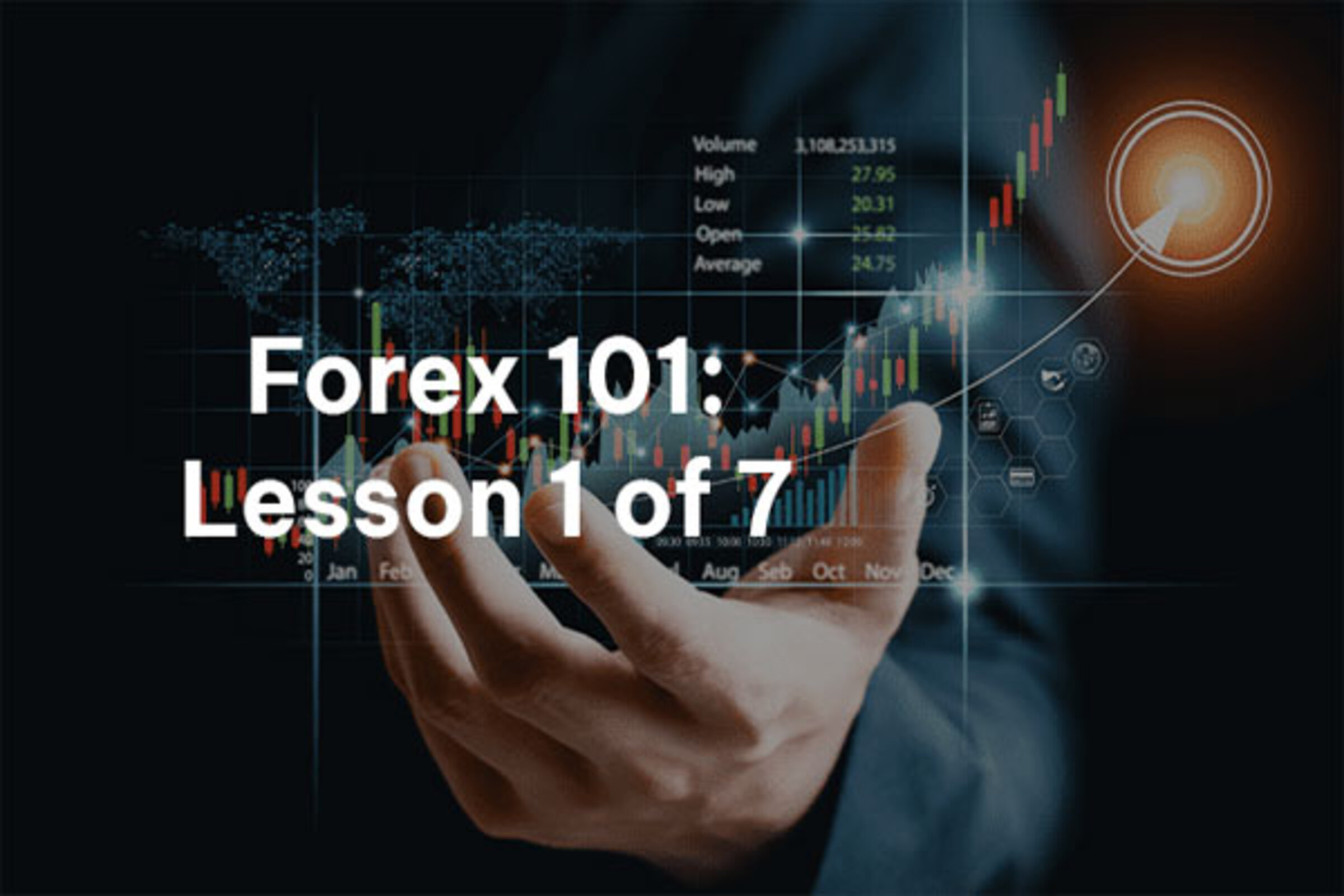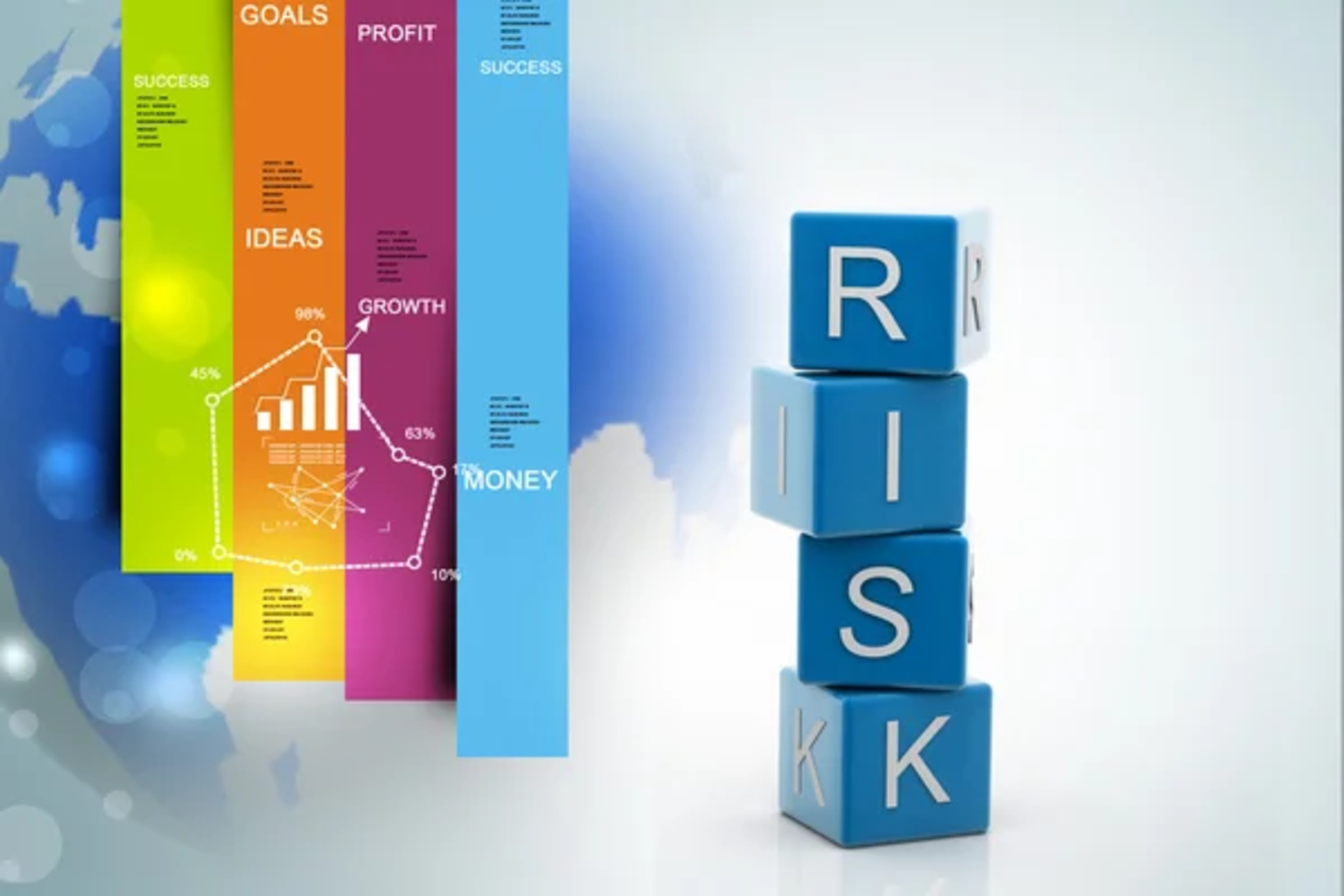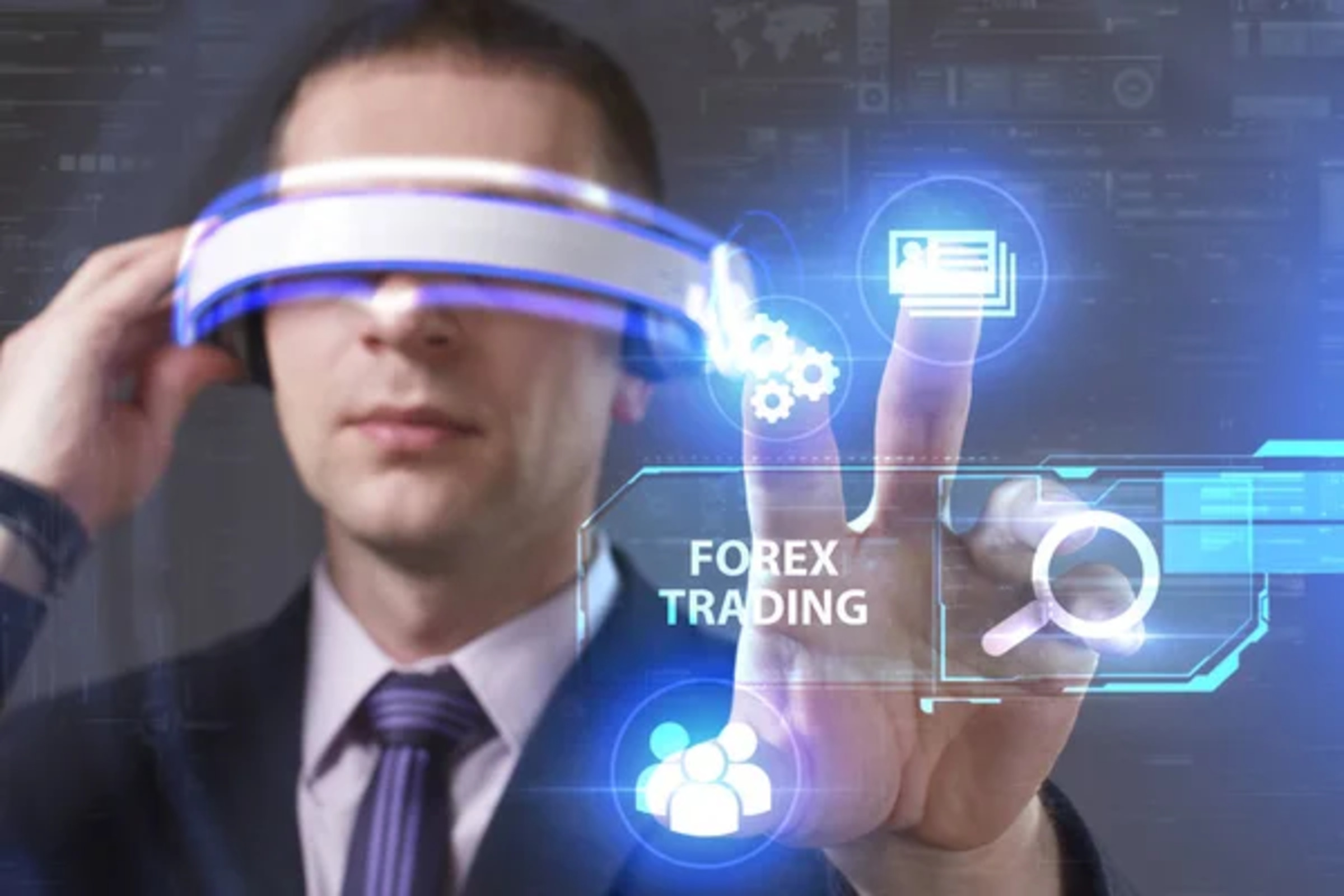In the bustling world of global finance, the foreign exchange market, or Forex, is a titan, lauded for its vast liquidity, round-the-clock operation, and the allure of high profitability. Yet many potential traders approach this financial behemoth with a collection of myths and misconceptions that can cloud judgment and decision-making. In this article, we will lift the veil on the Forex market, uncovering the facts behind the myths, revealing the reality of success rates, and discussing the impact of technology and risk management strategies used by professionals.
Forex Market 101: A Clear Overview

The Forex market is the world’s largest financial market, where currencies are traded against each other. Each trading day, traders and institutions exchange more than $5 trillion worth of currencies. Its decentralized nature means there is no central exchange; rather, the market is an electronic network of banks, brokers, institutions, and individual traders.
Forex trading operates 24 hours a day, five days a week, reflecting the global nature of the economy. This allows traders to respond in real time to geopolitical events and economic data that might impact currency values. Unlike other markets, Forex provides significant leverage, meaning traders can control large positions with a relatively small amount of capital. However, this also increases the risk involved.
Currency pairs in Forex are quoted as the base currency versus the quote currency, with the most traded pairs known as the “majors,” typically involving the US dollar. Minor pairs, or “crosses,” don’t feature the US dollar, while “exotics” are less commonly traded and include currencies from emerging economies.
Liquidity in Forex is paramount, as it allows for tighter spreads (the difference between the buy and sell price) and reduced transaction costs. The market’s participants range from multinational corporations hedging risks to individual traders speculating on currency movements.
The Forex market is complex, with price movements influenced by a multitude of factors, including economic indicators, interest rates, politics, and even speculation. Understanding these market dynamics is crucial for any trader aiming to be successful in the Forex arena.
Debunking Common Forex Trading Myths

Numerous myths surrounding the Forex market can lead to unrealistic expectations and poor trading decisions. Here are some frequently encountered myths that need dispelling:
- Forex Trading Is Easy – Many new traders believe that Forex is an easy way to get rich quickly. However, like any form of investment, Forex trading requires skill, discipline, and a well-developed strategy.
- More Leverage Means More Profit – While it’s true that leverage can amplify gains, it can also magnify losses. Using excessive leverage can quickly deplete a trading account.
- You Need a Lot of Money to Start Trading Forex – Thanks to micro and mini accounts, you can start trading with a relatively small amount of capital, making Forex accessible to many.
- Forex Is a Scam or a Game of Luck – Forex is a legitimate market, and while there’s an element of randomness in any market, successful Forex trading is grounded in analysis and an understanding of market forces.
- You Can Predict Currency Movements – It’s impossible to predict markets with certainty. Successful traders rely on probabilities and manage risk accordingly.
- Traders Can Consistently Make High Profits Every Day – Forex trading isn’t about hitting big wins every day. It’s about managing your money and trades over the long term to be profitable.
The Reality of Forex Success Rates

Success rates in the Forex market are often misunderstood. The hard truth is that a significant majority of Forex traders end up losing money. This stark reality is due to several factors:
- Lack of Experience: Many beginners jump into the market without proper education or experience, leading to costly mistakes.
- Poor Risk Management: Failing to protect capital with appropriate stop-loss orders or risk-reward ratios often results in losses that exceed gains.
- Overtrading: Driven by emotion or the desire to recoup losses, traders can make too many trades, which can deplete their accounts due to fees or poor decision-making.
- Unrealistic Expectations: Expecting to make large profits on a regular basis sets traders up for disappointment and financial missteps.
- Market Conditions: Forex markets can be highly volatile, and currency movements are notoriously difficult to predict, compounding the challenge of successful trading.
While the success rate for sustained, profitable trading is low, well-informed and disciplined traders with robust strategies and solid risk management systems stand a better chance at success.
Risk Management: The Untold Story

Risk management should be the cornerstone of any Forex trading strategy, yet it often doesn’t receive the attention it warrants. Here’s how professionals approach risk:
- Stop-Loss Orders: They use these to limit potential losses on each trade.
- Risk-Reward Ratios: Before entering a trade, they evaluate its potential upside versus the downside to ensure it’s worth the risk.
- Position Sizing: Pros adjust their trade size to manage exposure to any single trade.
- Diversification: They don’t risk all their capital on a single currency pair or trading idea.
- Emotional Control: Professional traders don’t let emotions drive their trading decisions; they adhere to their strategies even in the face of losses.
- Continuous Learning: They commit to learning from every trade, win or lose, to refine their strategies and improve their risk management.
The Role of Technology in Forex Trading

Technology developments have had a profound impact on the Forex market. Here’s what has changed:
- Accessibility: Online trading platforms have made it easier for anyone to participate in Forex trading, from anywhere in the world.
- Analysis Tools: Advanced charting software and analytical tools help traders make more informed decisions. These include indicators, patterns recognition, and automated alerts.
| < Comparison Table: Traditional vs Modern Forex Trading > | Traditional Forex Trading | Modern Forex Trading |
|---|---|---|
| Telephone-based trades | Online platform trading | |
| Manual analysis | Automated analysis tools | |
| No access to historical data | Abundant access to historical data | |
| Limited market access | Almost unlimited market access | |
| Basic trading strategies | Advanced and algorithmic strategies | |
| Slower execution speeds | High-speed trade execution |
- Algorithmic Trading: Algorithms can automate trading strategies, entering and exiting trades based on predetermined criteria without the need for manual intervention.
- Mobile Trading: Traders can now manage accounts and trade from mobile devices, allowing constant market participation.
- Social Trading: Platforms allow for copying trades of successful traders, making it easier for beginners to mirror the strategies of professionals.
Strategies That Pros Actually Use

When it comes to professional Forex trading, the strategies applied are diverse and refined. However, here are some key approaches that are widely used:
- Technical Analysis: Many pros use technical indicators such as moving averages, RSI, and MACD to identify potential trading opportunities and trends.
- Fundamental Analysis: Keeping abreast of economic indicators and news releases, they look for opportunities to trade based on the economic strength or weakness of a country.
- Price Action Trading: Some traders focus on price movement patterns, without the use of technical indicators, to make trading decisions.
- Risk Management Strategies: As mentioned earlier, professionals place heavy emphasis on managing risks to ensure longevity in trading.
- Carry Trade: In a carry trade, traders capitalize on interest rate differentials between two currencies, profiting from the swap rates.
- Automated Trading Systems: Pros might use or develop automated systems to execute their strategies precisely and without the influence of human emotion.
Forex trading continues to captivate individuals seeking to make their mark in the world of finance. Yet, success in this market is predicated on a backbone of knowledge, tempered expectations, and rigorous application of sound trading and risk management practices. By dispelling myths and highlighting the true nature of Forex trading, individuals can approach the market with a clearer understanding and a more realistic outlook on what it takes to be prosperous within the relentless waves of the foreign exchange market.

